Artificial Intelligence (AI) is reshaping the workforce at an unprecedented pace, bringing groundbreaking innovations that streamline operations, enhance productivity, and redefine the nature of work itself. Understanding the scope of these changes is key to preparing for a future where humans and machines collaborate in new ways.
What Is AI-Powered Job Automation?
AI-powered job automation refers to the use of intelligent machines, algorithms, and software to perform tasks traditionally handled by humans. These systems can analyze data, make decisions, and complete actions with minimal or no human intervention—transforming industries across the board.
Key Innovations in AI and Automation
Intelligent Process Automation (IPA)
Combining AI with robotic process automation (RPA), IPA allows organizations to automate complex workflows such as invoice processing, claims management, and customer service. It reduces manual effort, minimizes errors, and improves turnaround times.
Natural Language Processing (NLP)
NLP enables machines to understand and communicate in human language. This technology powers chatbots, virtual assistants, and AI-driven transcription tools, which are now common in sectors like healthcare, banking, and customer support.
Predictive Analytics
AI systems analyze historical data to forecast future trends and behavior. This is used in supply chain optimization, financial risk assessment, and HR planning—helping businesses make data-driven decisions and anticipate market shifts.
AI in Manufacturing and Robotics
In manufacturing, AI-powered robots handle tasks such as quality inspection, assembly, and inventory management. These innovations increase efficiency, reduce human error, and ensure safer work environments.
Automated Hiring and HR Tools
AI streamlines recruitment by scanning resumes, matching candidates, and even conducting initial interviews. This speeds up the hiring process and helps eliminate human bias—when designed ethically.
Personalized Customer Experience
AI tools analyze user behavior to deliver personalized content, product recommendations, and marketing campaigns. This automation not only improves customer engagement but also boosts sales and retention.
Challenges and Considerations
While AI brings efficiency and innovation, it also presents critical challenges:
- Job Displacement: As automation increases, certain roles may become redundant, especially in repetitive or low-skill tasks.
- Skill Gaps: There is a growing need for reskilling and upskilling workers to align with new technology demands.
- Ethical Use: Responsible deployment of AI is essential to avoid bias, ensure transparency, and protect privacy.
- Workforce Transition: Companies must balance automation with job creation strategies to support affected employees.
Conclusion
AI and job automation are transforming how businesses operate and how work is performed. These innovations offer vast opportunities for growth, efficiency, and creativity—but must be implemented thoughtfully. By embracing AI while investing in human potential, we can build a future where technology empowers people, rather than replacing them.


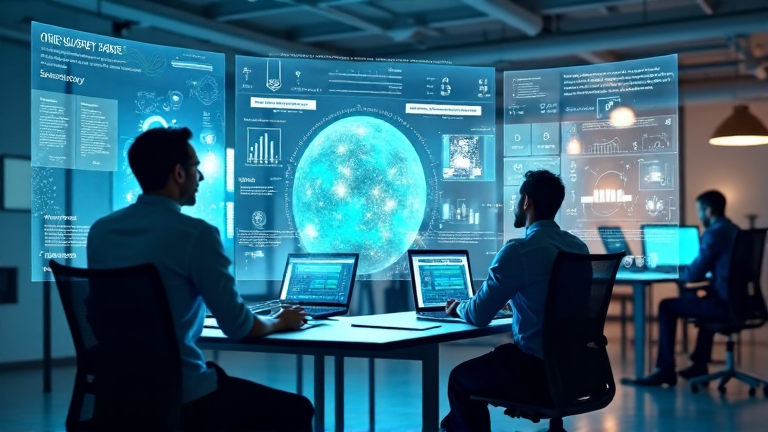
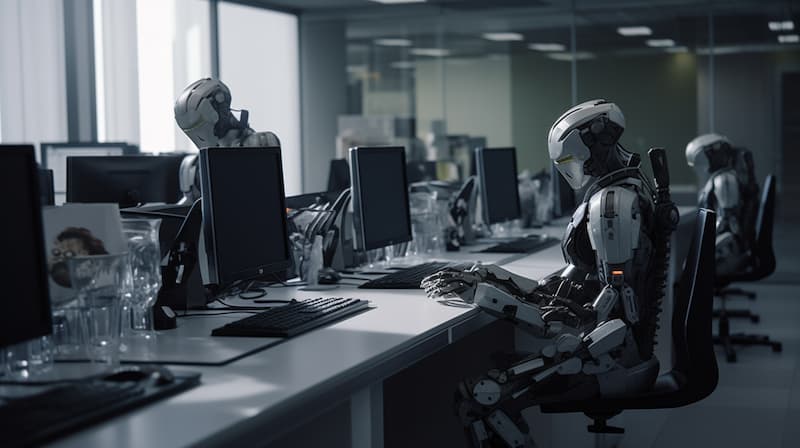
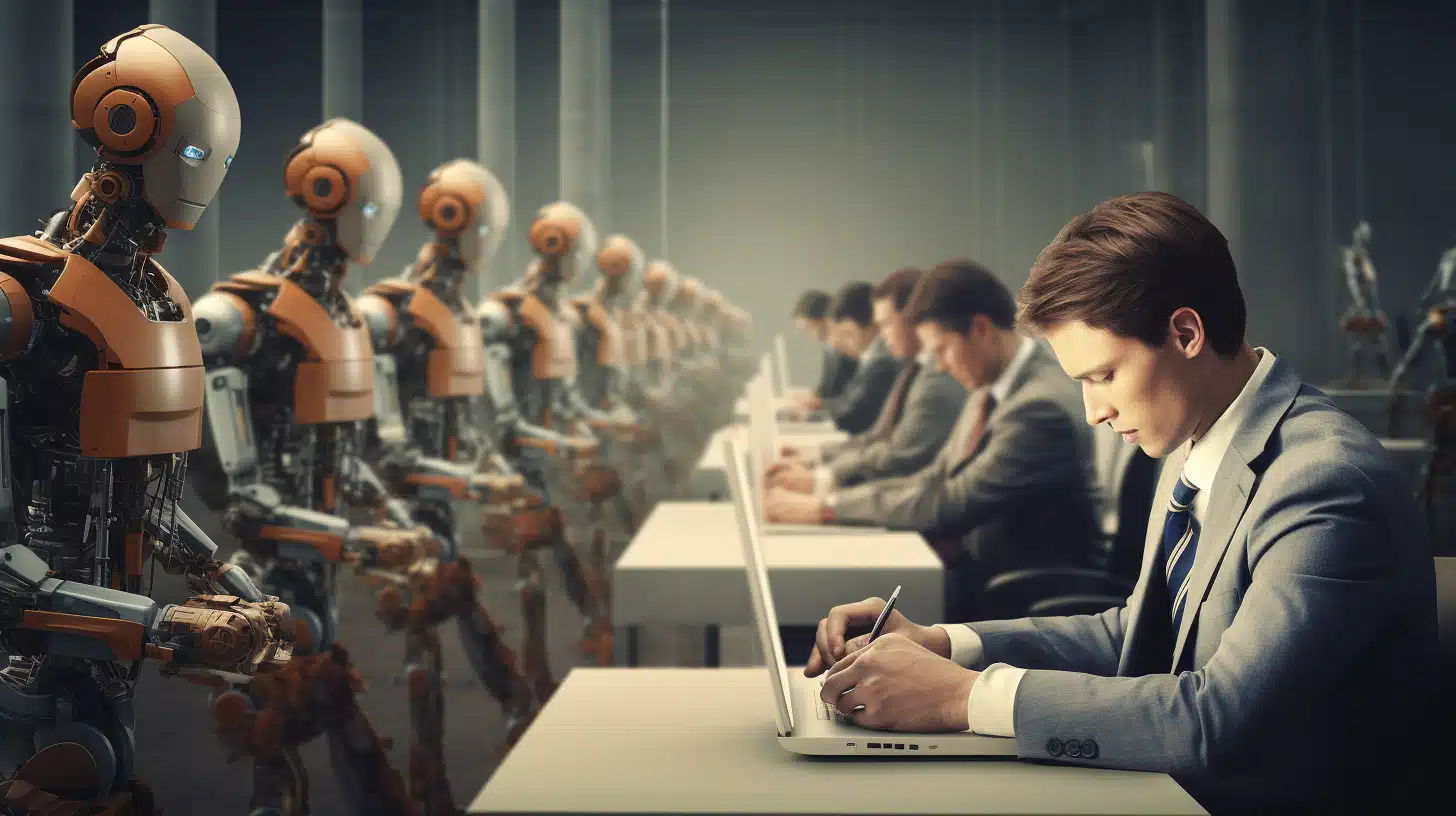
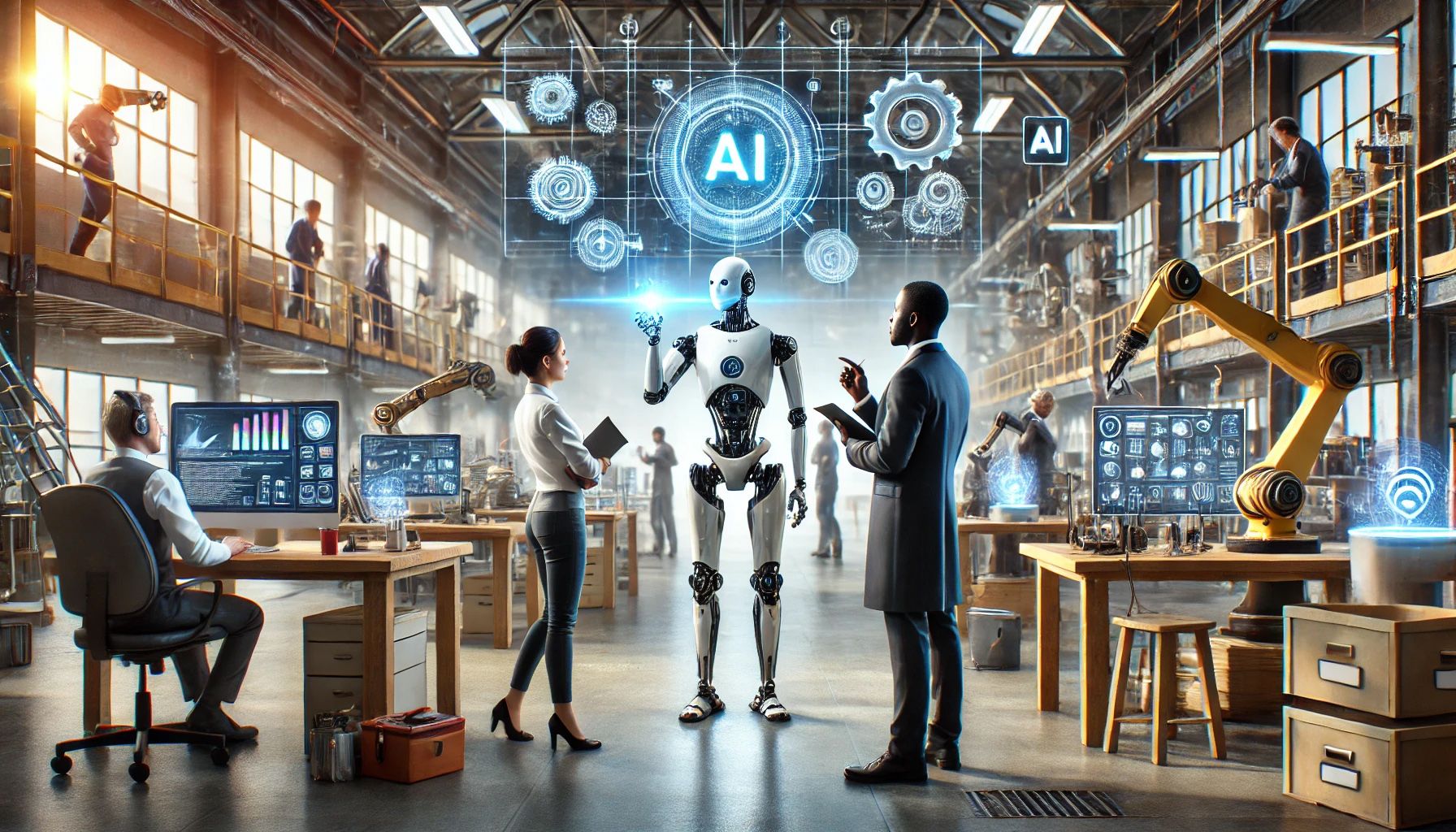
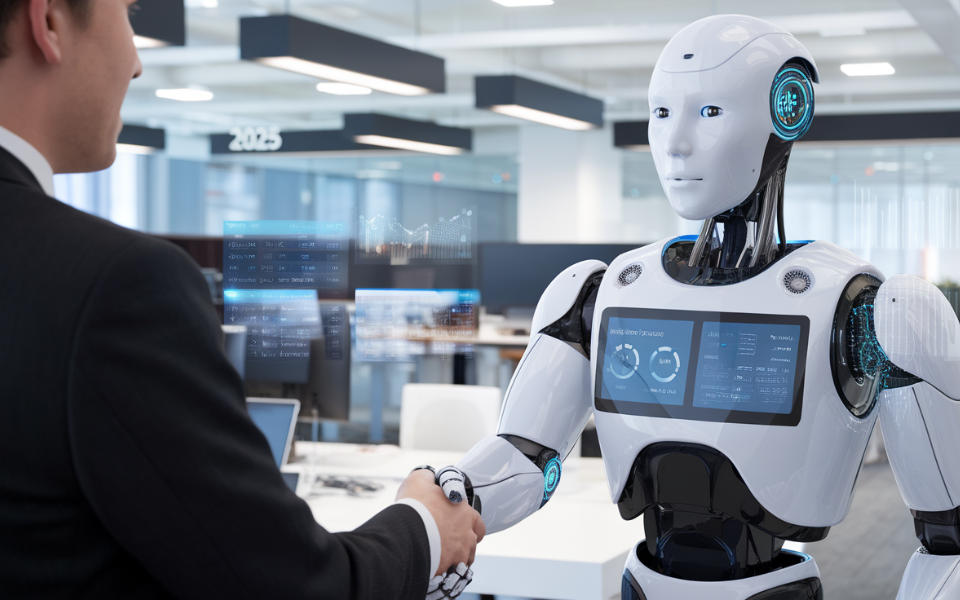
Leave feedback about this